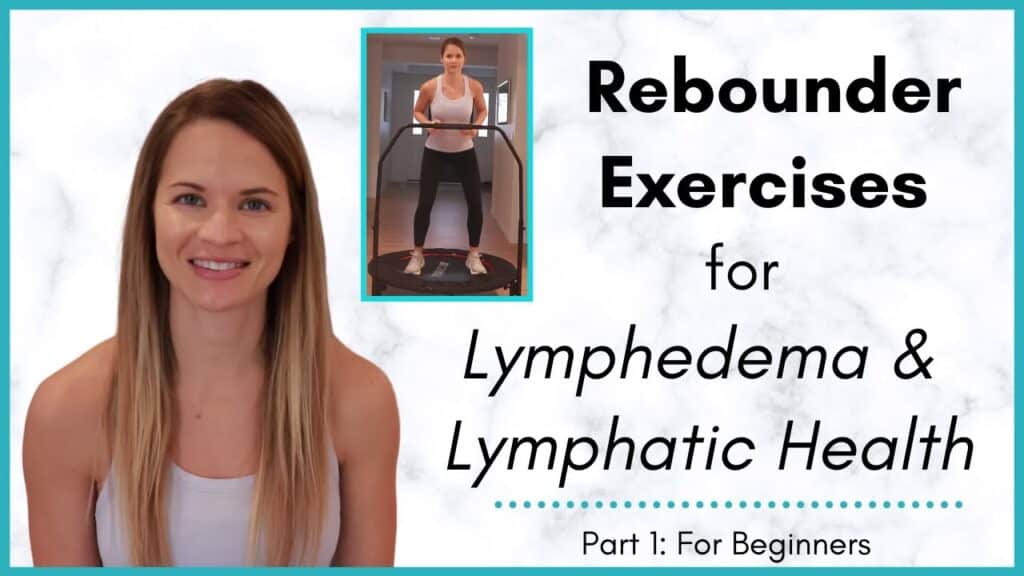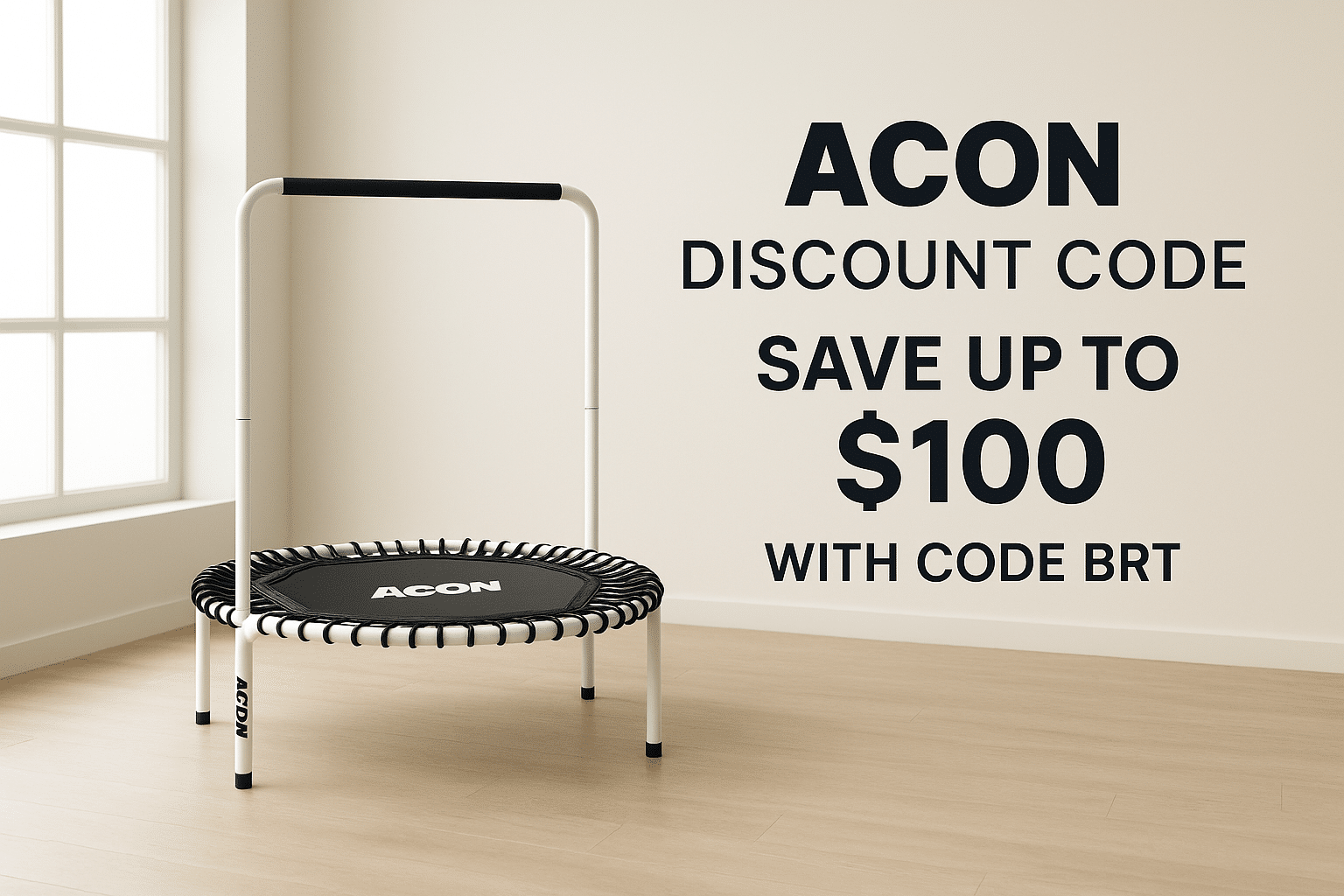Understanding Lymphedema and Its Impact on Health
Lymphedema is a condition that happens when lymph fluid builds up in the body. This can make parts of the body swell, usually arms or legs. It often comes from surgery or radiation for cancer. But, it can also happen for no clear reason. People with lymphedema might feel discomfort and heaviness in the swollen area.
Symptoms of lymphedema can include swelling, tightness, and sometimes pain. If someone has lymphedema, they might notice their skin feels different, too. It can feel warm or even look red. This can be very annoying and can make daily life harder. Managing lymphedema is important for health.
There are ways to help with lymphedema. Compression garments can help push the fluid back into the body. Exercise, like walking or swimming, is good too. Some people even use special devices that massage the swollen areas. All of these can help keep the swelling down and make life easier.
Understanding lymphedema is key to living well with it. It affects not just the body but also how someone feels. Finding support from friends, family, or even a support group can make a big difference. Its important to talk about these feelings and learn how to manage the condition effectively.
How Trampoline Exercise Benefits Lymphedema Management
Trampoline exercise can help with lymphedema management. Lymphedema is when fluid builds up in the body, often in the arms or legs. Bouncing on a rebounder trampoline is a fun way to get moving. It helps improve circulation, which is very important for people with lymphedema. When I jump, I can feel the blood flowing better through my body.
Here are some benefits of trampoline exercise for lymphedema:
- Increases lymphatic flow
- Reduces swelling
- Improves overall fitness
- Boosts mood and energy
The gentle bouncing motion encourages the lymphatic system to work better. I notice that after I exercise on the trampoline, my legs feel lighter. It’s like giving my body a little massage. It is also a low-impact activity, which makes it safe for many people, even those who may struggle with traditional workouts.
Additionally, trampoline exercise is a great way to stay motivated. It’s easy to stick to a routine when I’m having fun. This enjoyment can lead to more regular exercise, which is key for managing lymphedema effectively. Incorporating trampoline workouts into my week has made a big difference in how I feel.
FREE SHIPPING SELF-ASSEMBLY MODELS
Choosing the Right Trampoline for Lymphedema Therapy
When I look for the best trampoline for lymphedema therapy, I think about the bounce. A trampoline that has the right amount of give is super important. You want one that helps lymphatic flow without too much pressure. A rebounder trampoline with a soft bounce can make therapy feel gentle and comfortable.
Key Features to Consider
Here are some key features to consider when selecting a trampoline for lymphedema therapy:
- Size: A smaller trampoline is often easier to use in a home setting.
- Safety: Look for a trampoline with a sturdy frame and a non-slip surface.
- Weight Limit: Ensure the trampoline can support your weight safely.
- Adjustable Legs: Trampolines with adjustable heights can help with comfort.
I always check the materials too. A trampoline made from high-quality materials lasts longer and feels safer. The mat should be durable but soft enough for gentle exercises. Also, it should be easy to assemble and store, so I can use it when I need it.
Finally, I think about the price. There are many options out there, but finding a trampoline that fits my budget while still meeting all the needs is key. Investing in a good rebounder trampoline for lymphedema therapy can help me feel better and stay active.
Safety Tips for Using a Trampoline with Lymphedema
When using a trampoline with lymphedema, it’s very important to keep safety in mind. Consulting a doctor before jumping is a must. They can give advice specific to your health needs. It’s also smart to start slow. You might want to bounce gently at first, so your body gets used to the movement.
Choose the Right Trampoline
Picking the right trampoline is key. A rebounder trampoline with a sturdy frame and a soft mat is a good choice. Make sure it has safety features, like a strong grip and good padding. Always check the trampoline for any damage before using it.
Warm Up and Cool Down
Before you jump, a warm-up is super helpful. Stretch your arms and legs. This can help keep your lymphatic system working well. After bouncing, don’t forget to cool down. Gentle stretching helps too. It keeps your body feeling nice after exercise.
Stay Hydrated and Monitor Your Body
Staying hydrated is important when using a trampoline. Drink water before and after bouncing. If you feel any swelling or discomfort, stop jumping right away. Listening to your body is very important. Always prioritize your health while having fun!
FREE SHIPPING SELF-ASSEMBLY MODELS
Success Stories: Real-Life Experiences of Trampoline Use for Lymphedema
Many people have shared their journeys with lymphedema and how using rebounder trampolines has changed their lives. One story that stands out is of a woman named Sarah. She had struggled with swelling in her legs for years. After she started bouncing on a trampoline, she noticed her legs felt lighter. She said, “I can’t believe how much better I feel! It’s like my legs are free again.”
Inspiring Transformations
Another inspiring tale comes from John, a retired teacher. He faced a lot of discomfort from his condition. His doctor recommended low-impact exercises, so he tried a mini trampoline. John recalls, “At first, I was nervous, but now I bounce every day. It helps me move better and feel happy.” His enthusiasm shows how effective trampoline exercises can be.
Community Feedback
Many others have shared similar experiences. Some say they love how fun it is to jump. Others appreciate the low impact on their joints. Here’s a quick list of what people are saying:
- Improved mobility: Jumping helps get the lymph fluid moving.
- Less swelling: Regular bouncing reduces discomfort.
- Boosted mood: Exercise releases endorphins, making them feel happy.
It’s clear that the benefits of rebounder trampolines for lymphedema are resonating with many. Each story adds to a growing community of people finding relief and joy through bouncing. With every jump, they share a piece of hope for others facing similar challenges.

Community Coordinator
Linda Baker, our Community Coordinator, is the heart of our customer engagement efforts. With a background in social work and community management, Linda fosters a supportive and inclusive environment for all our rebounders.




